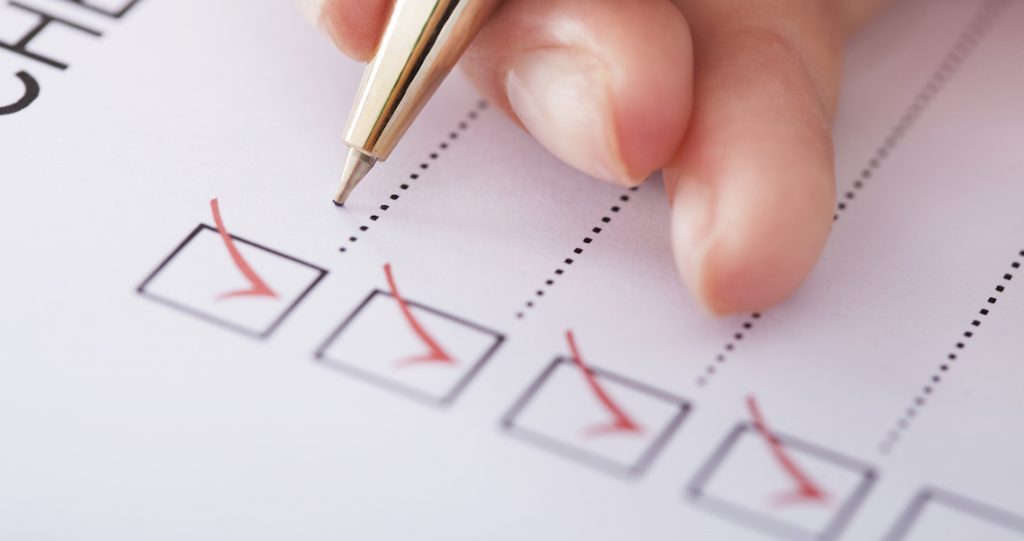Welcome to San Diego Blog | November 6, 2017
Investment Property Checklist: What to Look for Before Buying
The single largest purchase most Americans make is a house.
When buying investment property, you repeat that purchase to scale — many times if you’re successful.
Before you sign for an investment property, however, you’ll want to be reasonably certain that the unit will turn a profit.
Here are a few things to check out before you make an offer:
1. Location! Location! Location!
In real estate, it is all about location.
A home on one side of a street might go for 50 percent more than a home on the opposite side.
One block can put a property in a highly desirable area or the much less in-demand area.
2. Check the Tax Rate
Property taxes may be deductible, but they can also eat up a large portion of the profit on a rental.
In some cases, the taxes on commercial property are much higher than on homes for personal use.
Additionally, some properties have temporary tax credits in place that keep the valuation lower for a set period. The last thing you want is to face a sudden balloon on the property tax assessment.
3. Good Schools Are a Plus
When buying a property to live in, you should always check the surrounding schools, and the same goes when buying an investment property.
Good school districts often mean a more stable housing environment, which can play an important role when you eventually decide to sell.
Plus, they might act as a draw for tenants that have or are considering a family.
4. Crime Rates
Crime can devalue your property and make it harder to find tenants.
Everything from petty theft to vandalism can become a problem if it happens too frequently. If crime is an issue, be sure to look for trends that might indicate a neighborhood improvement.
If crime is on a downturn, it might pay to buy into the community while it’s undervalued. Run a thorough check on all of the crime reports and trends for the area before buying.
5. Vacancy Rates
If there are many empty units, you might not want to buy in that area.
Lots of units mean lots of competition for tenants, which often means lower rents.
The less competition there is from other landlords, the more likely you are to be able to start your property off as a profitable endeavor.
6. Average Rental Rates
To find a profitable investment, you need to know what you can expect a property to bring in on a monthly basis.
Be sure to look at the price per bedroom and per square foot when trying decide.
No two properties are the same, so a very spacious one-bedroom might bring in almost as much as a cramped two-bedroom. Look at the return based on square footage to get a better idea of the potential return on a particular property.
7. Inspect Thoroughly
A house can come with a lot of problems that might not be obvious during a casual walk-through.
Look for signs of water damage, check outlets for possible electrical issues, ask about recent repairs, etc.
Also, be sure to work with an inspector that knows you want a complete repair list. If you know about upcoming maintenance, you can plan for the expense.
When investing in real estate, you can earn back the purchase price in rental fees and reap rewards at the end when you sell the property.
The challenge lies in choosing the right property for your investment. Follow these tips to help narrow down the options.
Source: LandlordStation
